Meaning: “before, in front of” (indicating time sequence or physical location)
Grammar Point:
「前に」has two main uses: 1) For location – indicating something is in front of/before something else, 2) For time – indicating an action happens before another action. When used for time, it follows the dictionary form of verbs.
Formation:
Noun + の前に /
Verb(dictionary form) + 前に
日本語 / にほんご / Japanese
(1) その駅の前に動物園がある / あります。
(2) あの森の前に公園がある / あります。
(3) 本棚の前に机と椅子がある / あります。
(4) 朝ご飯の前に弟は顔を洗った / 洗いました。
(5) 日本へ行く前にお父さんは友達に会う / 会います。
(6) 冬が来る前に姉はコートを買う / 買います。
ことばと表現 / Words & Expressions
前【まえ mae】front, before
動物園【どうぶつえん doubutsuen】zoo
ある【ある aru】to be (for things)
森【もり mori】forest
本棚【ほんだな hondana】bookshelf
机【つくえ tsukue】desk
椅子【いす isu】chair
顔【かお kao】face
洗う【あらう arau】to wash
お父さん【おとうさん otousan】father
冬【ふゆ fuyu】winter
コート【こーと kooto】coat
英語 / えいご / English
(1) There is a zoo in front of that station.
(2) There is a park in front of that forest.
(3) There is a desk and chair in front of the bookshelf.
(4) Before breakfast, my younger brother washed his face.
(5) Before going to Japan, my father meets his friend.
(6) Before winter comes, my older sister buys a coat.
ひらがな / Hiragana
(1) その えきの まえに どうぶつえんが ある / あります。
(2) あの もりの まえに こうえんが ある / あります。
(3) ほんだなの まえに つくえと いすが ある / あります。
(4) あさごはんの まえに おとうとは かおを あらった / あらいました。
(5) にほんへ いく まえに おとうさんは ともだちに あう / あいます。
(6) ふゆが くる まえに あねは こーとを かう / かいます。
ローマ字 / Roman characters
(1) Sono eki no mae ni doubutsuen ga aru / arimasu.
(2) Ano mori no mae ni kouen ga aru / arimasu.
(3) Hondana no mae ni tsukue to isu ga aru / arimasu.
(4) Asagohan no mae ni otouto wa kao o aratta / araimashita.
(5) Nihon e iku mae ni otousan wa tomodachi ni au / aimasu.
(6) Fuyu ga kuru mae ni ane wa kooto o kau / kaimasu.








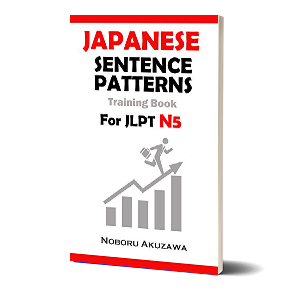
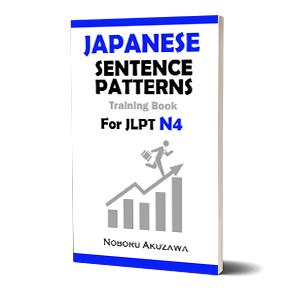
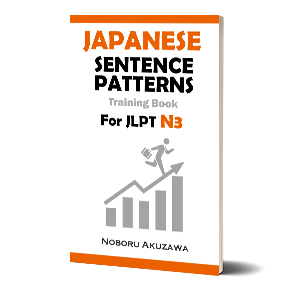

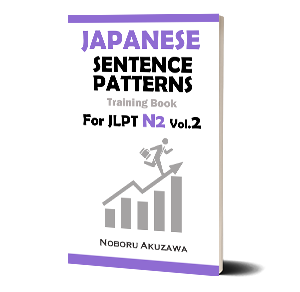
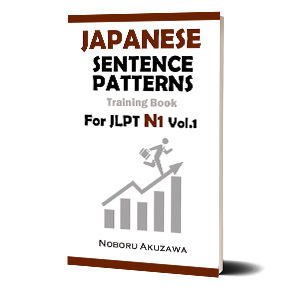

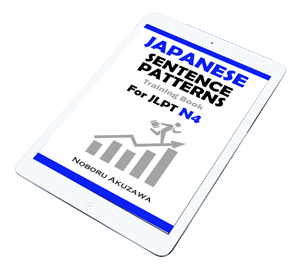
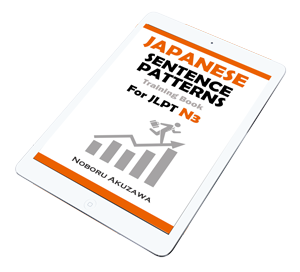
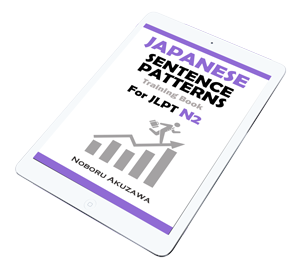
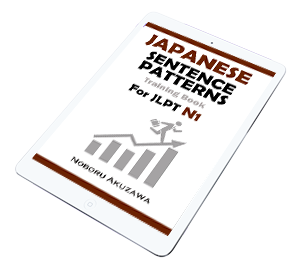







No comments yet.